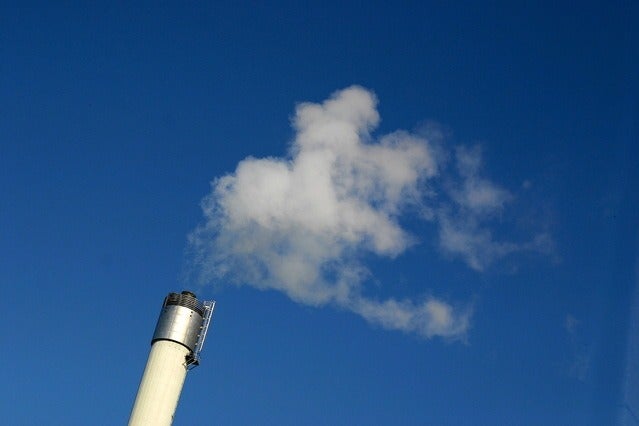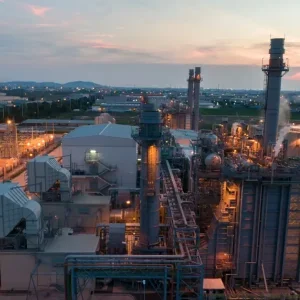
Montana-Dakota has plans to retire its Lewis & Clark Station in Sidney, Montana by next year and around the end of 2021 the units 1 and 2 at Heskett Station in Mandan, North Dakota.
In place of the coal-plants, the company plans to build new simple-cycle natural gas combustion plants, which could be cost-effective in meeting its customers’ needs.
The company stated that it has decided to retire the coal plants due to availability of low cost power in the market as result of low-cost natural gas and increasing wind resources, coupled with the increasing cost of maintaining coal-fired plants.
Montana-Dakota president and CEO Nicole Kivisto said: “Our main objective is to provide our customers with safe, reliable and low-cost service. The IRP process helps guide us in making decisions to meet those objectives. Heskett and Lewis & Clark have met that objective for many years, but our analysis is showing those units are no longer cost competitive for our customers.”
The company has claimed that the total cost of building and operating a new simple-cycle combustion turbine, coupled with market purchases, could be about half the total cost of continuing the Heskett and Lewis & Clark coal-fired units.
Montana-Dakota has already begun the development process to build an 88MW simple-cycle peaking unit at the Heskett Station site, and anticipates submitting an advance determination of prudence request with the North Dakota Public Service Commission this fall.
The new generation resource was selected as part of the company’s integrated resource plan (IRP), which it submits every two years to regulatory commissions. As per the company, a second combustion turbine at Heskett could be cost-effective as the site has existing infrastructure and natural gas supply that serves an existing combustion unit which has been operational from 2014.
The first coal-fired unit at Heskett has been operating since 1954 and the second unit went online in 1963. The two plants produced a combined output of 100MW. Lewis & Clark went online in 1958 and generates 44MW. The proposed retirement timeline is met, the plants will have an age ranging between 58 and 67 years.
Kivisto continued saying: “The plants have served our customers well, providing low-cost energy for many years, operating roughly twice as long as expected when they were constructed in the mid-1950s and early 1960s. The age of the plants, low-cost competition on the market, and the ongoing cost to operate the plants all have contributed to the plants being too expensive to operate much longer.”






